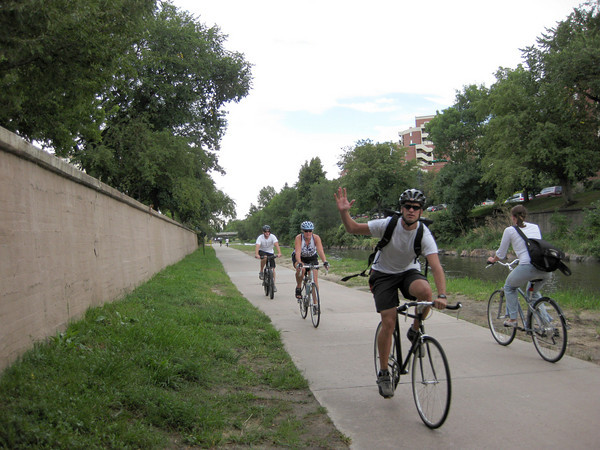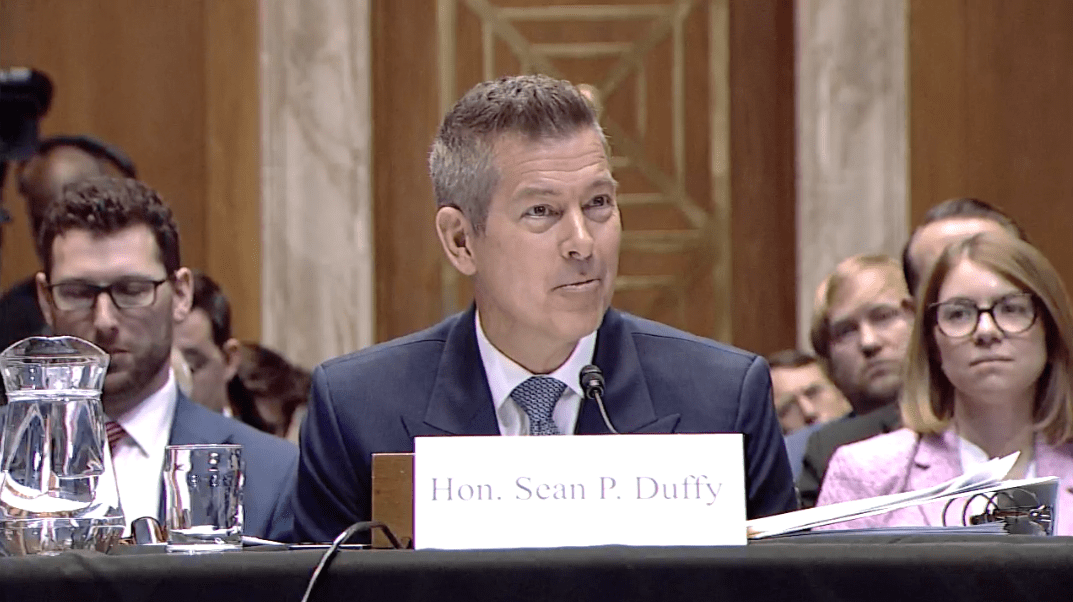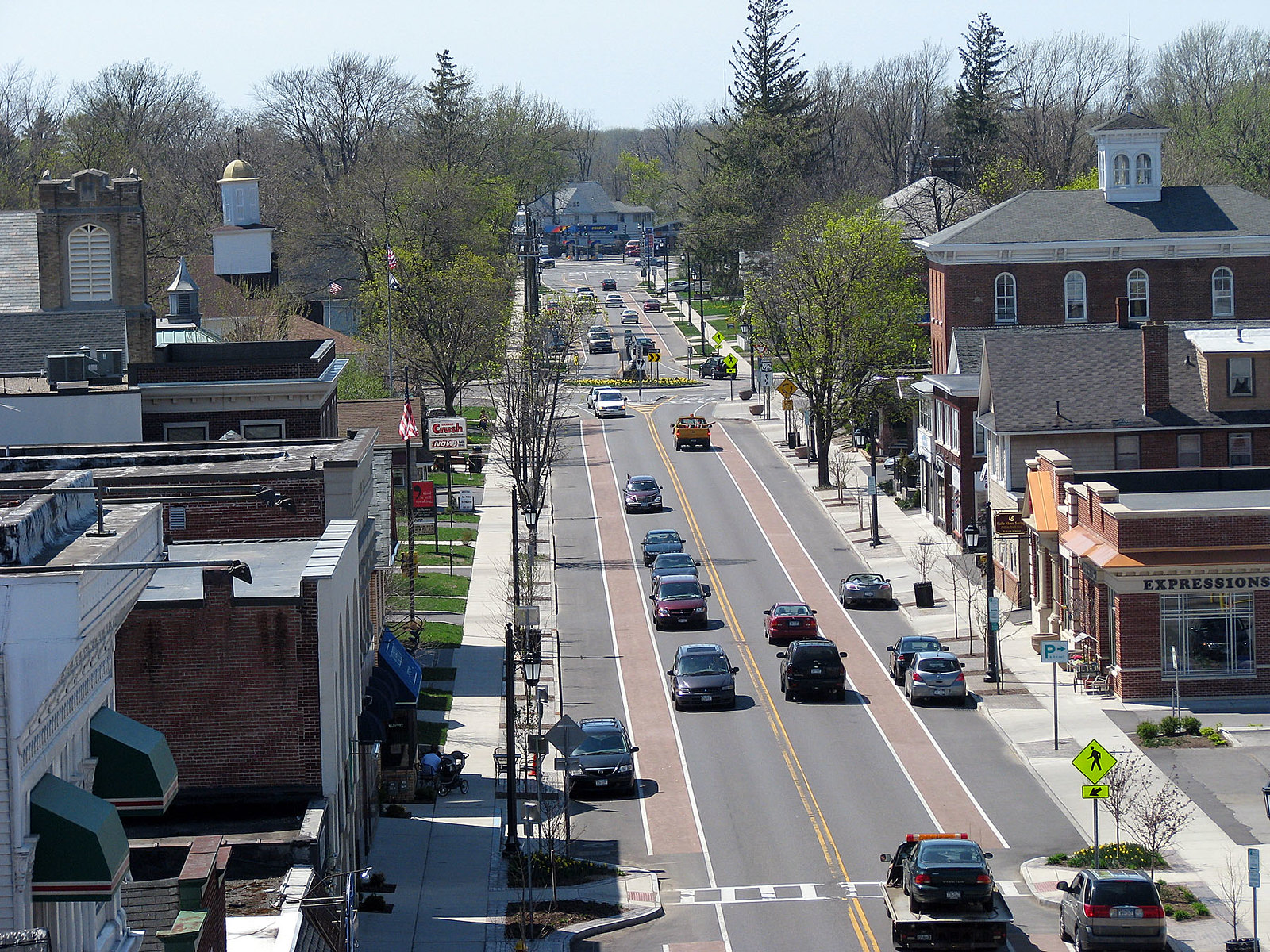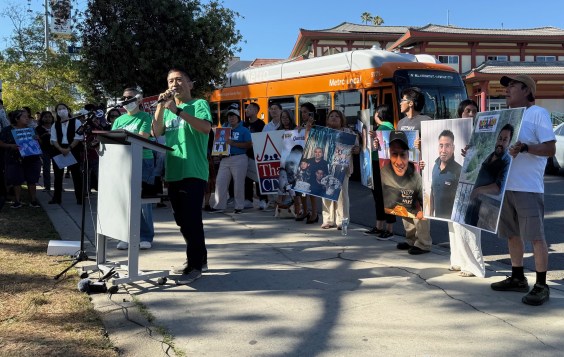A draft of the president’s full transportation bill [PDF], obtained by the semi-underground Transportation Weekly, has started floating around Beltway policy circles. This draft is more informative than the partial bill that started making the rounds last week, but it’s still undated and it’s not necessarily the final proposal.

The draft bill closely follows the outline presented by the White House in February, apparently unaffected by the raging budget battles that have consumed Congress since then. Although high-speed rail was completely de-funded in the last budget battle, the president’s bill still provides $53 billion over six years to the program, with $37.6 billion of it for network development and the rest for system preservation and renewal. The proposal also sticks to the language of a “transportation trust fund” rather than a “highway trust fund.”
An accompanying section-by-section analysis [PDF] explains the new Livability Program (one of the five areas the entire transportation program would be folded into). It would consist of three program components, according to the analysis:
- The formula-based Livable Communities Program, which would absorb popular livability programs including Transportation Enhancements, Congestion Mitigation and Air Quality (CMAQ) Improvement Program, National Scenic Byways Program, Recreational Trails Program, Bicycle Transportation and Pedestrian Walkways, and Safe Routes to School. Some transit projects proven to improve air quality would be allowed. States would be required to use some of the money to employ a full-time Safe Routes to School coordinator and at least one bicycle and pedestrian coordinator. States would also be required to develop a livable communities strategy in support of national performance goals for livability, to be reported on annually. The budget allocates $23 billion over six years to this program.
- The discretionary Bicycling and Walking Transportation Grant Program has a big “[NEED TO MODIFY]” in front of it in boldface type, so let’s take all this with a grain of salt. The analysis says the program would fund “sidewalks, bikeways, and shared use paths” and other facilities, including bike-share stations, and bike education and encouragement programs. Grants could be as high as $20 million, out of an annual program budget of a half-billion dollars.
- The discretionary Livability Capacity Building Grant Program would give grants for data collection, training, technical upgrades, and the development of transportation modeling. Grants would be awarded to projects that further the goals of the HUD-EPA-DOT interagency Partnership for Sustainable Communities. This programs gets $200 million a year.
The president’s bill, as we’ve mentioned, is useful as a standard to hold Congressional transportation legislation up against. It contains policies that would transform the highway-centric status quo, and reformers appreciate the administration’s decision to present an agenda that is such a quantum leap over previous funding levels, performance metrics, organizational structures, and priorities. However, don’t expect it to be central to the debate in Congress. By refusing to adjust to a still-struggling economy, high gas prices, and a deficit-obsessed Congress, the president has rendered his own plan moot.
The House Transportation and Infrastructure Committee started writing its transportation reauthorization bill a few weeks ago. That committee, as well as the Senate Environment and Public Works Committee, is moving away from talk of a Memorial Day deadline and are now shooting for “sometime in June” with the president’s signature before the end of the fiscal year.
We’ve had plenty of warning at this point that the House bill will likely include funding levels lower than SAFETEA-LU. The Senate’s plans are less clear, though insiders are forecasting a bill with more robust investments than the House version, but nowhere close to the president’s agenda.
"I don’t’ see how you get a bill passed without some deficit spending," NRDC federal transportation analyst Deron Lovaas told Streetsblog, "and I don’t see how you deficit-spend in the current climate." Certainly, he said, a gas tax falls further and further out of the realm of possibility as gas prices remain high, and that fact is tying this debate up in knots.
Reconciling the House and Senate transportation bills could be nearly as contentious as the battles over the federal budget, so if all goes well, the two houses will leave ample time for knock-down, drag-out fights over funding levels before the current extension of SAFETEA-LU runs out September 30. Experts say if they can't agree to at least some deficit spending, the bill will be too small to garner much support for passage, and that could leave a two-year bill as the only viable option. Some wonder if Sen. Max Baucus' recent comment in favor of a short bill might have been a powerful dose of foreshadowing.
Whether the committees have anything to show for themselves by Memorial Day or not, experts say the real deadline is the August recess. If a bill hasn't been passed by then, some say, it's hard to see how anything would be passed before 2013.





